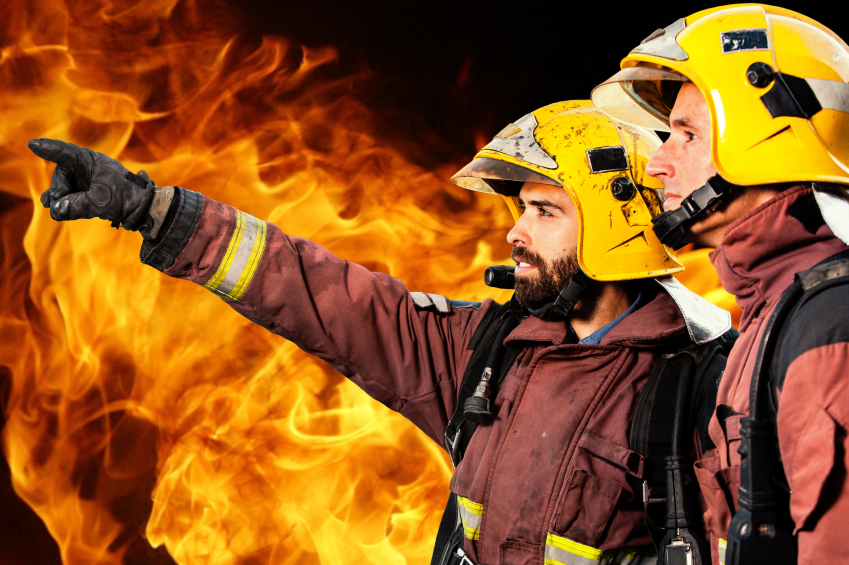
|
In March 2015, an employer wrote to OSHA asking whether a table found in the 2012 National Electrical Safety Code (NESC), Table 410-1, could be used to select protective equipment under 1910.269. In July, OSHA issued a letter of interpretation answering that question.
Does Table 410-1 Provide Reasonable Estimates?
OSHA opens its interpretation with a review of the specific standard under discussion, paragraph (1)(8)(ii) of 29 CFR 1910.269. In that paragraph, OSHA requires employers whose workers might be exposed to electric arc hazards to “make a reasonable estimate of the incident heat energy” that each employee might be exposed to. The estimate is used in selecting protective clothing and equipment for each worker.
Want to learn more about FR Clothing and other PPE’s? Check out our Personal Protective Equipment resource center sponsored by GlendGuard today!
Employers are permitted, in Note 1 to 29 CFR 1910.269(1)(8)(ii), to use any method of calculating incident heat energy that reasonably predicts the incident energy to which employees would be exposed. Additional guidance on how to estimate available heat energy is provided in Appendix E of the standard. When it developed the guidance in Appendix E, OSHA emphasized calculation methods that are supported by testing data.
Appendix E does not specifically address Table 410-1 in the 2012 NESC. Before it issued its letter of interpretation, OSHA reviewed the table and its explanatory notes to determine if the arc-rating values found in the table for various types of equipment provide reasonable estimates of incident energy, as required by 29 CFR 1910.269(1)(8)(ii).
Table 410-1 of the 2012 NESC provides values for “the effective arc rating of clothing or a clothing system to be worn by employees working on or near energized lines, parts, or equipment.” OSHA determined that many of the values listed in Table 410-1 are acceptable for compliance with 29 CFR 1910.269(1)(8)(ii) because the notes to the table make clear that those values are based either on testing data or on calculations performed using methods described in the Institute of Electrical and Electronics Engineers (IEEE) Standard 1584-2002 (the IEEE Guide for Performing Arc Flash Hazard Calculations).
Need more information on PPE’s? Check out GlenGuard’s Personal Protective Equipment resource center on the EHS Daily Advisor for some great information on FR Clothing, hard hats, wearable technology and more!
However, for the values in Table 410-1 to which notes 7 and 8 apply, OSHA determined that the 2012 NESC does not contain enough information to evaluate the reasonableness of those values. The text of notes 7 and 8, according to OSHA’s analysis, suggests that the values to which those notes apply are not based on testing data or generally recognized calculation methods. So OSHA has decided that, at this time, it will only accept the use of Table 410-1 in the 2012 NESC with respect to the values in that table to which notes 7 and 8 do not apply. When the employer’s estimates follow this guidance, OSHA will accept arc-rated protection based on those estimates under 29 CFR 1910.269(1)(8)(v).
OSHA noted that its interpretation also applies to the construction requirements found at 29 CFR 1926.960(g)(2) and (5).
Tomorrow we’ll look at what OSHA has to say about laundering fire-retardant clothing.
